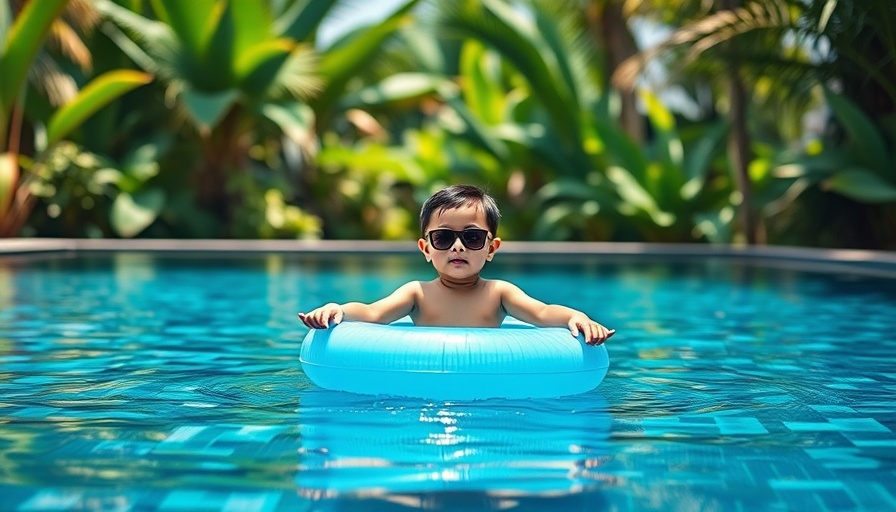
The Transformative Power of Words in Healing and Storytelling
Words have a profound impact on our lives, shaping both our internal narratives and the world around us. Just as a skilled writer crafts characters and plots, each of us weaves our life's story through the choices we make and the words we allow to define us. This idea of storytelling is more than an art; it's a vital part of holistic healing practices like Reiki, which emphasize the importance of intention and personal narrative in the healing journey.
Understanding Reiki: Energy and Intention
Reiki is a Japanese energy healing practice that channels healing energy to restore balance and promote wellness. Rooted in the belief that our bodies possess a life force energy, Reiki practitioners are said to facilitate the flow of this energy to help alleviate stress, pain, and emotional struggles. This form of complementary medicine has become increasingly popular, with studies indicating its benefits in areas such as pain management and anxiety relief, especially for those facing chronic conditions.
Words as a Healing Tool
As a parent, you naturally strive to cultivate a nurturing environment for your children. Understanding the impact of your words in this process is critical. Just as a Reiki session begins with intention-setting, your conversations can set the tone for your family interactions. By consciously choosing words that uplift and empower, you create a space where your children feel safe to express their emotions and explore their own stories.
Reiki: A Parallel Journey to Storytelling
The process of creating a story and the journey of a Reiki session mirror each other in fascinating ways. Both involve deep listening, sensitivity to energy, and a willingness to adapt. Like a scriptwriter altering dialogue based on actors' performances, a Reiki practitioner might adjust their approach based on the energy they sense from their client. Both practitioners—whether of art or healing—must attune to the present moment, ready to facilitate transformation.
The Role of Intention in Healing
During a Reiki session, after scanning the client’s energy, the practitioner asks for the individual’s intention. This moment is critical; it allows clients to articulate their needs and desires, empowering them in their healing process. Similarly, parents can encourage their children to express their intentions, helping them navigate through challenges with awareness and agency. Setting intentions not only serves as a guide for healing but also fosters emotional resilience and growth.
Integrating Reiki into Your Daily Life
Incorporating Reiki principles into daily routines can be transformative. For busy parents, finding time for self-care can often feel impossible. Yet, energy healing practices, such as Reiki, can complement other holistic approaches like meditation and mindfulness. A quick session of self-Reiki meditation can be even more impactful when combined with intentional words—reinforcing positive affirmations that can dissolve barriers and foster peace.
Challenges and Misconceptions
Despite its growing acceptance, many misconceptions about Reiki persist. Some believe it is solely a spiritual practice, while others view it as a panacea for all ailments. Understanding its complementary nature is essential; it should never replace conventional medical care. Instead, Reiki works alongside traditional therapies, providing a holistic approach to health that incorporates both mind and body, making it especially beneficial for mental health struggles.
The Healing Community: Finding Support
The power of community is vital in both storytelling and healing. Establishing connections with other Reiki practitioners or groups that focus on holistic wellbeing can provide support and enhance your personal healing journey. Similarly, sharing narratives, whether through parenting forums or writing groups, enriches the narrative experience, allowing for shared wisdom and collective growth.
Conclusion: Empowering Your Narrative
The intersection of Reiki energy healing and the art of storytelling presents an enriching path for parents seeking to empower both themselves and their children. By harnessing the power of words and intentions, we not only pave the way for personal healing but also guide our children toward a future where they can develop their narratives with clarity and strength. Embrace the power of this quiet revolution in storytelling and healing, and invite more love, wholeness, and connection into your family life.
 Add Row
Add Row  Add
Add 




Write A Comment